Mobile game development has become very popular lately because almost anyone can create and design a mobile game. You don’t need to be a programmer, have coding experience, or have a large budget. With a good idea, motivation, and interest in gaming, you can develop your first game in a matter of hours.
This article will go through the best game engines currently available on the market. These are the same platforms that thousands of game developers use regularly. After reading it, you should have enough information to choose a platform for creating your first mobile game. Also, you will learn more about essential factors for launching your mobile game in the biggest app stores like Google Play Store or Apple App Store.
How to make a mobile game?
To create a successful mobile game, you must perform in-depth market research, work on the game concept, implement app store optimization tactics, and grow your game with paid user acquisition and other tactics. From the developer’s point of view, one of the first steps is to choose the proper developing environment or game engine.
Mobile game development is the process of developing a game specifically designed for mobile devices and users. Like desktop games, mobile developers rely on game engines to turn their ideas into products. Mobile game engines have numerous features that make the development process more accessible and specific for Android or iOS platforms.
Before you even start looking for a game engine, you must understand the most critical aspect of game development. The success of your game depends on the downloads you will receive and the audience you will build. Without downloads and user reach, your game can’t evolve and progress. And to reach that audience, you need to start with market research and find out what kind of game features your target market looks for.
The best advice for all future game developers is to think about app stores, how they work and how you can incorporate app store optimization early enough during the game development. Doing market research on time will ensure your game starts growing from the first day of the launch.
Now that we have covered the basics, it is time to learn more about game engines.
Let’s dive in.
Unity

Unity helps game developers’ teams work collaboratively and create games with 2D and 3D development features. It is a cross-platform game engine that supports different desktop, mobile, and other platforms. Unity is popular for indie game development and is also easy to use for beginner developers.
Besides 2D and 3D games, users can create interactive simulations for video gaming and animation for filmmaking, automotive, engineering, and other industries. Moreover, Unity allows to import asses from other 3D applications, or you can also buy the assets directly from different stores. Since Unity is one of the most used and famous development platforms, users can find helpful materials and guides and get community support very quickly.
Supported platforms:
- Mobile platforms like iOS and Android
- Desktop platforms – Windows, Mac, and Linux
- Web platform – WebGL
- Console platforms like PS4, PS5, and Xbox
- Virtual/Extended reality platforms like Oculus and PlayStation VR
Popular games developed with Unity:
- Pokémon Go,
- Monument Valley,
- Call of Duty: Mobile,
- Beat Saber
- Cuphead
Pricing:
- Personal – free
- Plus – $399 /yr per seat
- Pro – $1,800 /yr per seat
- Enterprise – $4,000 /mo per 20 seats
Unity is one of the most used game engines and an excellent choice for developing your first game. But before you move on, you need to think about how to research the mobile gaming market. At this point, you need to start with keyword research, understand what top charts are and check which games get the most downloads. You can perform complete market research with the App Radar platform to get all critical information in one place.
Unreal Engine

Unreal Engine is another popular game engine platform. It is mainly used to develop 3D games, but other industries also use Unreal Engine. For instance, the film industry uses it to create virtual sets and animated movies.
Unreal Engine is considered user-friendly, and one of its most significant advantages is that it doesn’t require programming skills. There is also a marketplace where developers can get paid and free store assets to use with the platform. Like Unity, Unreal Engine supports desktop, mobile, and other platforms, another vital feature for game developers.
Supported platforms:
- Microsoft Windows,
- Android and iOS
- Nintendo Switch, PlayStation 4 & 5, Xbox One & Series X/S] and Stadia
- Magic Leap, HTC Vive, Oculus, PlayStation VR, Samsung Gear VR, and HoloLens 2
Popular games developed with Unreal Engine:
- Fortnite
- Werewolf: The Apocalypse – Earthblood
- The Matrix Awakens
Pricing:
- Free publishing and creators’ licenses
- Custom license to a custom price
- Enterprise program for $1.000 per seat/year
Solar2D (ex Corona SDK)
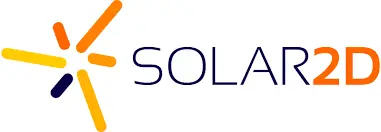
Solar2D, formally known as Corona SDK, allows game developers to build 2D mobile apps. It is a Lua-based game engine focusing on ease of iterations and usage. The development kit is free to use and open-source. It also supports game development across multiple platforms.
Solar2D has an active community of users and a marketplace where 2D features and plugins are available. It also features Solar2D Playground, an interactive website for creating and running projects instantly online.
Supported platforms:
- iOS and Android
- Kindle
- Desktop applications for Windows, Linux, and macOS
- Connected TV applications for Apple TV, Fire TV, and Android TV
Popular games developed with Solar2D:
- Flappy Bird
- Match 3 Space RPG
- Corona Cannon
Pricing:
- Free core functionalities
We already mentioned the term Top charts, but what is that? Top charts show top performing apps ranked and several other dimensions like category, country, and monetization. Apple and Google calculate top charts rankings using the velocity of downloads or revenue. Google Play goes further and includes factors like user engagement and game star ratings.
Top charts are very volatile and can display different games from one week to the next. There is a strong correlation between downloads/revenue and top charts rankings – when downloads go up, the keyword rankings go up in the following days.
SpriteKit – 2D sprite-based games
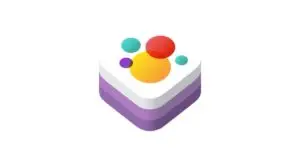
SpriteKit is one of the best ways to make games on iOS. The game engine was developed directly by Apple. With the SpriteKit framework, game developers can draw images, text, shapes, and videos in 2D. It is considered a user-friendly platform for creating games and graphic-intensive apps. SpriteKit’s simple programming interface is probably the best option for developing Apple-based games.
Because Apple supports it, there is no need to download extra libraries or external sources. SpriteKit also assures that the apps you develop perfectly match current and new products from Apple.
Supported platforms:
- iOS
Example of games developed with SpriteKit:
- Squashy Bug
- Trestle
- Accelebot
Pricing:
- Free
Buildbox
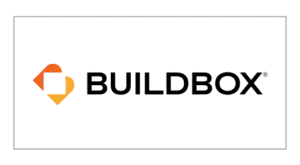
Buildbox is one of the most accessible game engines and the best game development platforms for creating Android games. It is highly suitable for beginners with no coding experience and doesn’t require any programming or scripting skills.
Buildbox allows game developers to easily create 2D and 3D mobile games in a short time. It uses drag-and-drop functionalities to create professional-looking games. The big community of users is also an additional benefit that will get you to start developing your mobile games.
Supported platforms:
- iOS
- Android
Example of games developed with Buildbox:
- Colour Switch
- Ball Jump
- Slip Away
- Blue Edge
- The Line Zen
Pricing:
- Free
- Plus – $189.99/year
- Pro – $499.99/year
AppGameKit
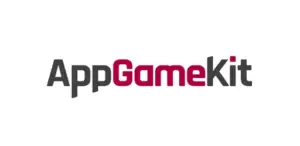
AppGameKit is another game development engine that doesn’t require specific coding skills. It is a mobile cross-platform engine that allows coding a game and deploying the game on multiple platforms. Once a developer codes a game, it is available for all devices.
If you’re looking to develop 2D games with some essential elements of 3D, AppGameKit will do the job perfectly. Especially if you are a beginner, you will find enough options to develop and deploy your game. The best way to create a mobile game is by using AppGameKit Studio – an all-in-one workspace with everything needed to take an idea from the initial concept to the ready-to-use game.
Supported platforms:
- Windows
- Mac
- Linux
- iOS
- Android (inc Google, Amazon & Ouya)
- HTML5
Example of games developed with AppGameKit:
- Driving Theory Test Kit
- Repton 2
- Skrobol
Pricing:
- AppGameKit Classic – $49.99
- AppGameKit Unlimited – $254.89
- Different bundle options are also available
You don’t need to rely on organic downloads only. You can run Google app campaigns and Apple Search Ads with some initial budget. Google app campaigns are usually cheaper and get you downloads much faster, primarily if you compete with established apps. We recently added a report in App Radar to monitor organic and paid data in one graph. That way, you can quickly identify which channel brings you more users.
Construct 3

Construct 3 is a game engine for developing and creating 2D mobile games. It is often used for role-playing games (RPGs), puzzles, and racing games. People interested in developing games based on physics can use the Box2D physics engine.
Construct 3 was developed by Scirra Ltd, which claims it is “the world’s best game-making software”. Game development runs in a browser and doesn’t require any coding skills. Construct 3 uses JavaScript as an optional scripting language, which is excellent for people looking to learn JavaScript.
Supported platforms:
- Windows
- macOS
- Linux
- Android
- iOS
- Xbox
- Web embeds through HTML5
Example of games developed with Construct 3:
- The Next Penelope
- Airscape: The Fall of Gravity
- Cosmochoria
Pricing:
- Individual: €16,49 per month
- Startup: €12,51 / seat per month
- Business: €33,26 per month
Fusion 2.5

Fusion 2.5 is a game engine that uses an event editor system to develop games or apps quickly. It was developed by Clickteam, a French software development company that aimed at improving the performance of the games.
Fusion 2.5 is also fully integrated with the physics engine and comes with an active community that can support you on your developing journey. The interface of the platform doesn’t require expert programming skills. Fusion supports the development of 2D mobile games, but most of the time, it is more suitable for static game development.
Supported platforms:
- iOS
- Android
- Flash
- XNA (Windows Mobile phone and Xbox)
Examples of games developed with Fusion 2.5:
- Distraint
- Quadle
- Bit Odyssey
Pricing:
- The full version price goes from $59.99 to $99.99
- Additional packages price varies from $39.99 to $149.99
- Free version available
GameMaker Studio 2

GameMaker Studio 2 is a game engine developed by YoYo Games. This game engine also provides cross-platform game development with a drag-and-drop programming language called Game Maker Language. Although this game engine was designed for novice users, developers can also use the supported scripting language for advanced game development.
The most significant advantage of GameMaker is the wide variety of supported platforms. Moreover, a large set of tools allows all types of users to create and deploy a mobile game in a fast way. Most people can create games already after one hour of usage. The platform mainly focuses on creating 2D games by using a standard library of drawing graphics.
Supported platforms:
- Windows
- macOS
- Ubuntu
- iOS
- Android
- Playstation 4 & 5
- Xbox XS
- Nintendo Switch
- HTML5
Example of games developed with GameMaker Studio 2:
- Samurai Gunn 2
- Webbed
- Super Hiking League DX
Pricing:
- Free
- Creator – $4.99/month
- Indie – $9.99/month
- Enterprise – $79.99/month
If your game creates an initial impact and earns new users, you will soon want to consider localizing the game for different languages. There are 77 localizations in Google Play and 40 localizations in Apple App Store, which presents a huge opportunity. However, creating spp metadata and visual assets for each language takes a lot of time. With App Radar, you can update metadata for each language directly in the platform without the need to navigate to Google Play Console and App Store Connect every time.
MonoGame

MonoGame engine is primarily cross-platform used for developing 2D games. It uses C# and .NET languages to write modern, fast, and reliable game code. Moreover, this game engine is based on Microsoft’s XNA framework, which is very easy to learn.
Its most significant advantages are its large community of users and its open-source technology. It also has a large number of supported platforms.
Supported platforms:
- Windows
- macOS
- iOS
- Android
- Playstation 4 & PSVita
- Xbox One
- Nintendo Switch
Example of games developed with MonoGame:
- FEZ
- Bastion
- Skulls of the Shogun
Pricing:
- Free
Amazon Lumberyard

Amazon Lumberyard is a freeware cross-platform game engine based on CryEngine and powered by Amazon’s features. Some of Lumberyard’s benefits include the possibility to create high-quality games, AWS cloud storage, and integration with Twitch.
The game engine comes with beginner-friendly tools, an easy learning curve, and the fast creation of prototypes. However, they are typically more expensive than other AWS products if you want to use the AWS service with them.
Supported platforms:
- Windows
- iOS
- Android
- Playstation 4
- Xbox One
Example of games developed with Amazon Lumberyard:
- Crucible
- Breakaway
Pricing:
- Free
The mobile game business is very competitive. Hyper casual games are currently booming and are very popular in app stores. To create a game in this space, you need to focus on game mechanics, that is, items or elements that players interact with to create or aid gameplay. We highly recommend checking out the top game mechanics for hypercasual games.
Cocos2d-x

Cocos2d-x is an open-source game engine with cross-platform development. It supports 2D and 3D mobile game development but is mainly intended for experienced developers.
Cocos2d-x runs using C++, JavaScript, or Lua as the scripting language.
One of its best features is Cocos 2D-x which allows you to create tiny games. It comes with detailed documentation, and it has a large support community.
Supported platforms:
- iOS
- Android
- Facebook Instant Games
- Windows
- HTML5
Example of games developed with Cocos2d-x:
- Magic Rush
- Dragon Ball Z
- Pokemon Masters
Pricing:
- Free
You might be wrong if you think app store optimization (ASO) is only for marketing people. We work with many app developers who understand that mastering app store optimization can “make or break” their games. Test yourself with App Radar’s ASO certification and check your knowledge. If you feel like you need to learn more, we have an extensive academy of app marketing topics that are easy to understand and help you build a solid knowledge base of ASO.
Haxe 4

Haxe is another open-source and cross-platform developing language used to create apps and games. It has many game frameworks and libraries that help leverage a single code and achieve native speeds across many platforms.
This game engine is generally free but comes with a price tag when you need different types of support. However, the fees are used to develop further and support the Haxe ecosystem.
Supported platforms:
- iOS
- Android
- macOS
- Windows
- Linux
Example of games developed with Haxe:
- Northgard
- Dead Cells
- Spellbreak
Pricing:
- Free
- Professional – $6,500 /year
- Enterprise – $26,000 /year
- Elite – $98,000 /year
Gideros
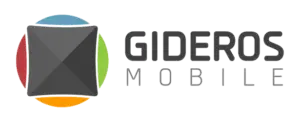
Gideros is a free and open-source game development platform that allows the creation of 2D and 3D games. Mobile game developers like it because it is not hard to learn and enables rapid game development and deployment.
Additional advantages that Gideros provide include instant testing during the game development process, native speed, open-source plugins, and a complete set of development tools.
Supported platforms:
- iOS
- Android
- macOSX
- Windows
Example of games developed with Gideros:
- Magness
- Proto-Tap
- Tetcolor
Pricing:
- Free
Godot

Godot is a versatile cross-platform game engine for creating 2D and 3D mobile games. It uses a pixel-based measurement system, which makes it especially good for 2D games. Beginner developers can benefit from its node-based interface.
Godot provides a large set of tools that help the game development journey. And because it is open-source, every game created is wholly owned by a developer. Unlike some other game engines, Godot shines regarding UI editing. In other words, it includes a visual editor and content creation accessibility for artists, level designers, and animators.
Supported platforms:
- iOS
- Android
- macOS
- Windows
- Linux
- Nintendo Switch
- PlayStation 4
- Xbox One
- HTML5
Examples of games developed with Godot:
- Kingdoms of the Dump
- Haiku
- Until Then
Pricing:
- Free
Phaser
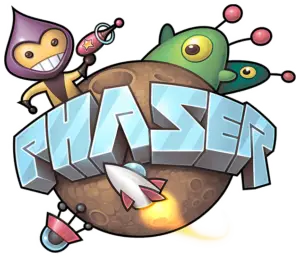
Phaser is another game engine focusing on mobile development and 2D game framework. It enables fast rendering for desktop and mobile platforms because it internally uses a Canvas and WebGL renderer.
Phaser is also an open-source HTML5 game framework that uses JavaScript. In this way, it allows novice and professional developers to create games for the browser in a fast and fun way.
Supported platforms:
- iOS
- Android
Example of games developed with Phaser:
- Idle Zoo
- Fishing.io
- Atari Asteroids
Pricing:
- Free
- It also sells separate plugins
Defold

Defold is a game engine that is free and used for the development of games for mobile, desktop, web, and console platforms. It is mainly used for creating 2D games, but there are a lot of possibilities for 3D games as well.
Defold is easy to use, and users love it because it comes with excellent technical documentation and a community of developers that support each other. Defold is written in Lua, but there is an option to use native code with the engine for more advanced functions. It doesn’t require setup and comes with many editors like the visual editor, code editor, and others.
Supported platforms:
- iOS
- Android
- Windows
- macOS
- Linux
- HTML5
- Steam
- Nintendo Switch
Example of games developed with Defold:
- Plague Lords
- Craftomation 101
- BoxRob
Pricing:
- Free
Starling Framework

Starling framework is also a cross-platform and open-source game engine. It uses Adobe’s AIR™ technology and can be run in the browser, iOS, and Android. The central concept behind Starling is that developers can debug games in the browser and, immediately after that, deploy them on a mobile device.
Because Adobe embraces Starling, it uses some powerful technology called Stage3D. For game developers, this means high-speed rendering performance.
Supported platforms:
- iOS
- Android
- Windows
- macOS
Example of games developed with Starling Framework:
- Angry Birds
- Neuronation
- Ruby Blast Adventures
Pricing:
- Free
GDevelop

GDevelop is a cross-platform and open-source game engine made by Florian Rival, a software engineer from Google. The target audience of GDevelop is non-developers who want to create full video games without coding skills.
GDevelop’s most significant advantage is straightforward and accessible game making. It uses a so-called “event system”, which is a powerful way to define your game’s logic. The game engine comes with a lot of tutorials and interactive options. And it also offers much more possibilities for JavaScript developers who want to add more extensions.
Supported platforms:
- iOS
- Android
- Steam
- Facebook Gaming
- Microsoft Store
Example of games developed with GDevelop:
- Hyperspace Dogfights
- Swamp
- The Research Age
Pricing:
- Free
GameSalad
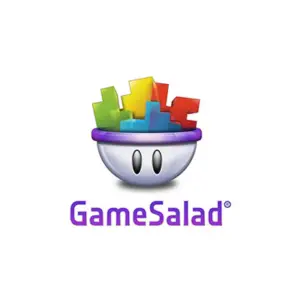
GameSalad is a game engine designed for everyone at least 12 years old. It does that by providing a no-code visual programming system to its users.
GameSalad focuses a lot on educators, but this doesn’t mean it is intended for that purpose only – there are over 75 games that reached the top 100 in the App Store, and multiple games held the #1 rank. It is effortless and is one of the easiest ways to create and publish 2D games.
Supported platforms:
- iOS
- Android
- HTML5
- Windows
- Amazon Kindle
Example of games developed with GameSalad:
- 8-bit space
- Nitro Car Racing
- ZOMBEAT! Zombie Invasion
Pricing:
- GameSalad Basic – $17/month
- GameSalad HomeEdu- $8/month
- GameSalad Pro- $25/month
Stencyl

Stencyl is a freemium game engine that allows creating games quickly and easily without code. It has an intuitive toolset that gives game developers enough options to make fantastic 2D games.
Stencly comes with a drag-and-drop interface that is particularly useful for novice developers. For more advanced users, there is an option to write code, import libraries, and writing classes. Many games developed with Stencyl have reached the top charts and featuring sections in app stores.
Supported platforms:
- iOS
- Android
- Windows
- Mac
- Linux
- HTML5
Example of games developed with Stencyl:
- GoldSpace
- Tiny Dangerous Dungeons
- Bit Battles
Pricing:
- Free
- Indie – $99/year
- Studio – $199/year
Cryengine
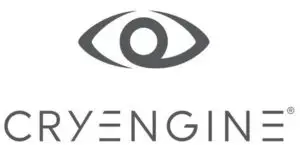
The last on our list is a game engine that still doesn’t support mobile platforms (mobile platform support is currently in the beta phase). However, it is one of the most powerful game engines on the market, so we decided to put it on our list.
Cryengine is dedicated to providing the highest experience for its developers and real-time development. A whole range of features come with Cryengine, such as visuals, sandbox, realistic characters, audio control, high-end physics, and high performance.
Cryengine is an excellent choice for beginners as well. This game engine has complete source code, clear tutorials, documentation, and a large community. There is also a marketplace with plenty of assets that users can immediately use for the projects. We believe that mobile support will make this platform even more remarkable.
Supported platforms:
- Windows
- Linux
- PlayStation 4
- Xbox One
- Oculus Rift
- OSVR
- PSVR
- HTC Vive
- Mobile coming soon
Example of games developed with Cryengine:
- Hunt: Showdown
- The Climb
- Crysis 3
Pricing:
- Use of the platform is free
- 5% royalty when shipping the project (first $5K annual revenue is royalty-free)
Important questions when starting with game development
Here are some topics and questions you will face when starting with mobile game development. You will need to dig deeper to choose the right platform for your needs, but I can give you my recommendations from years of experience in mobile development.
What is the best game engine for mobile game development?
It all depends on what kind of game you want to develop and how many resources you have. There is a big difference if you are a developer with teams supporting you or if you are a solo player wanting to develop a simple game.
With this in mind, these are the best mobile game engines for different purposes:
- 2D games creation: Buildbox and Godot
- 3D games development: Unity and Unreal Engine
- iOS games development: SpriteKit (2D only)
- Android games creation: Unity
- Beginner’s friendly mobile game engine: Buildbox and Unity (based on the massive amount of tutorials)
- The cross-platform game engine (mobile, PC, and gaming consoles): Unity and Unreal Engine
- No-code game engines: Buildbox and Gamemaker
- Hyper casual games development: Buildbox and Unity
How much time does game development take?
A general range for a solid hyper-casual game can be from 20-40 hours, assuming you are familiar with the game engine environment. However, the more complex your game is, the more time you will need. And the more skills and experience you have, the faster the process.
On the other hand, AAA games (blockbuster games produced and distributed by large and well-known publishers with big budgets) can take up to several years of development within a large team of people.
Nevertheless, a mobile game doesn’t need to be AAA-type to be successful. Focusing on the game mechanics for the right audience is more important than pumping lots of money into the development.
Game monetization
Assuming that your next game will be free for download (like most games in app stores), you need to consider how you will make money with them. Most of the free apps out there use one of the following monetization strategies:
- Freemium business model – includes basic features at no cost and fees for extended/premium options.
- In-app advertising – a model based on the revenue stream by showing ads to the app users
- The subscription business model is similar to freemium, but users need to subscribe to unlock extra features and pay a monthly or yearly fee.
- In-app purchases – additional services users can buy to enhance their gameplay.
The monetization model should be a part of every game planning strategy. I suggest you look at our article about monetization strategies for free apps.
Closing thoughts
Those are 22 mobile engines that you can use right now and create your first mobile game. Try out a couple of development platforms and choose the most fittable for your mobile game concept.


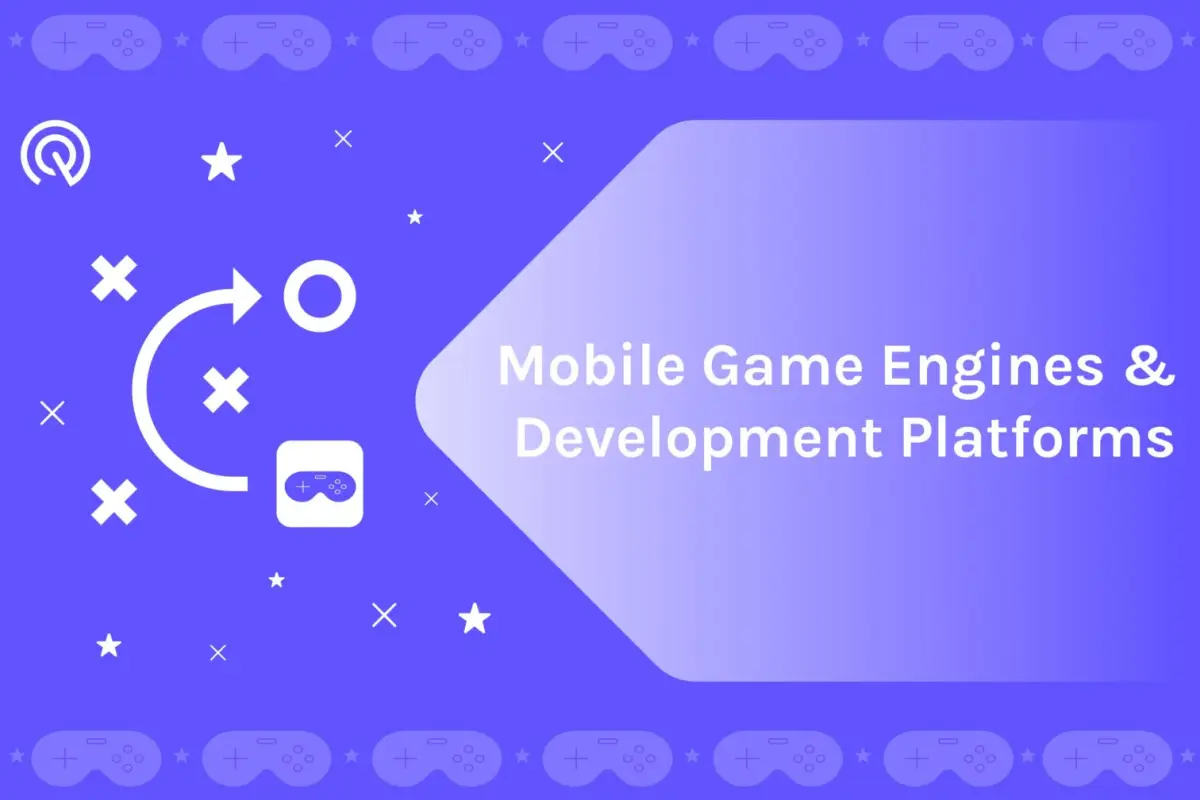

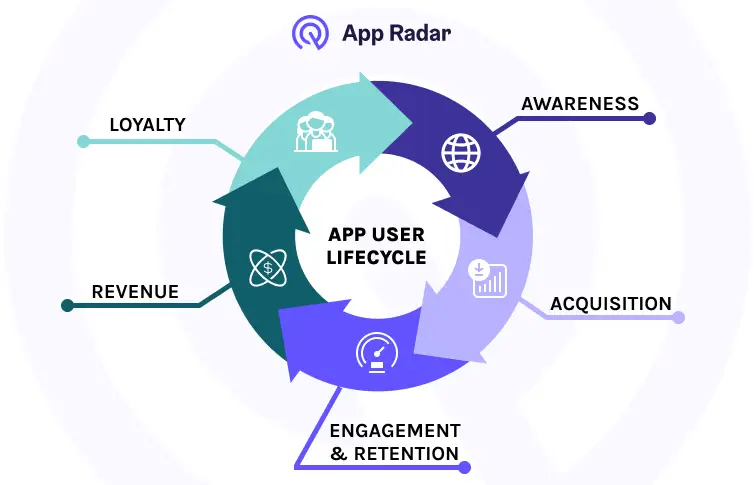
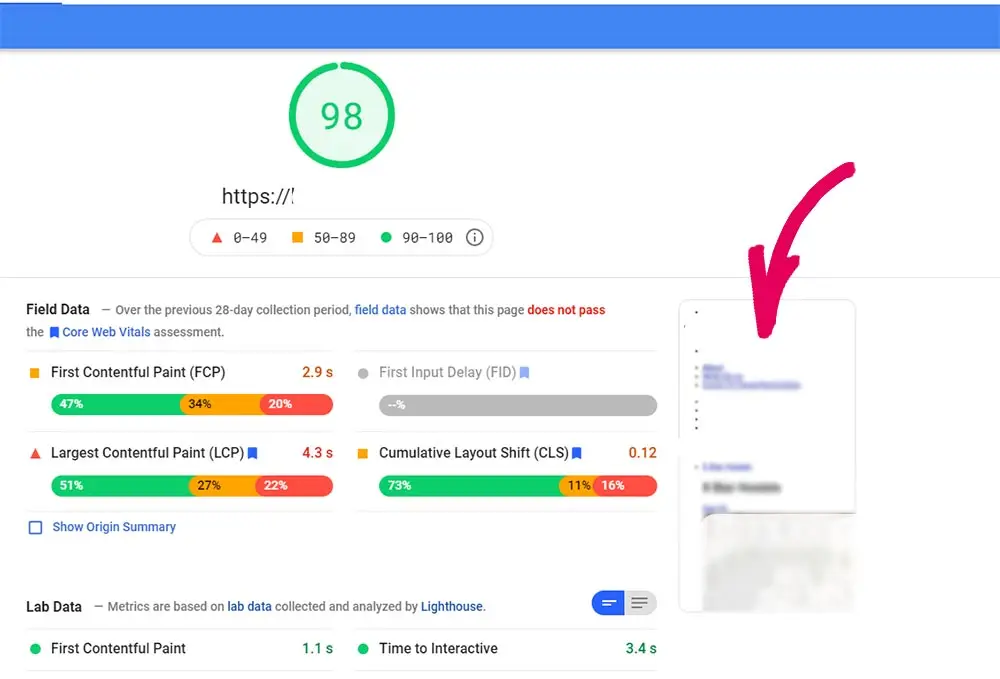

Add comment